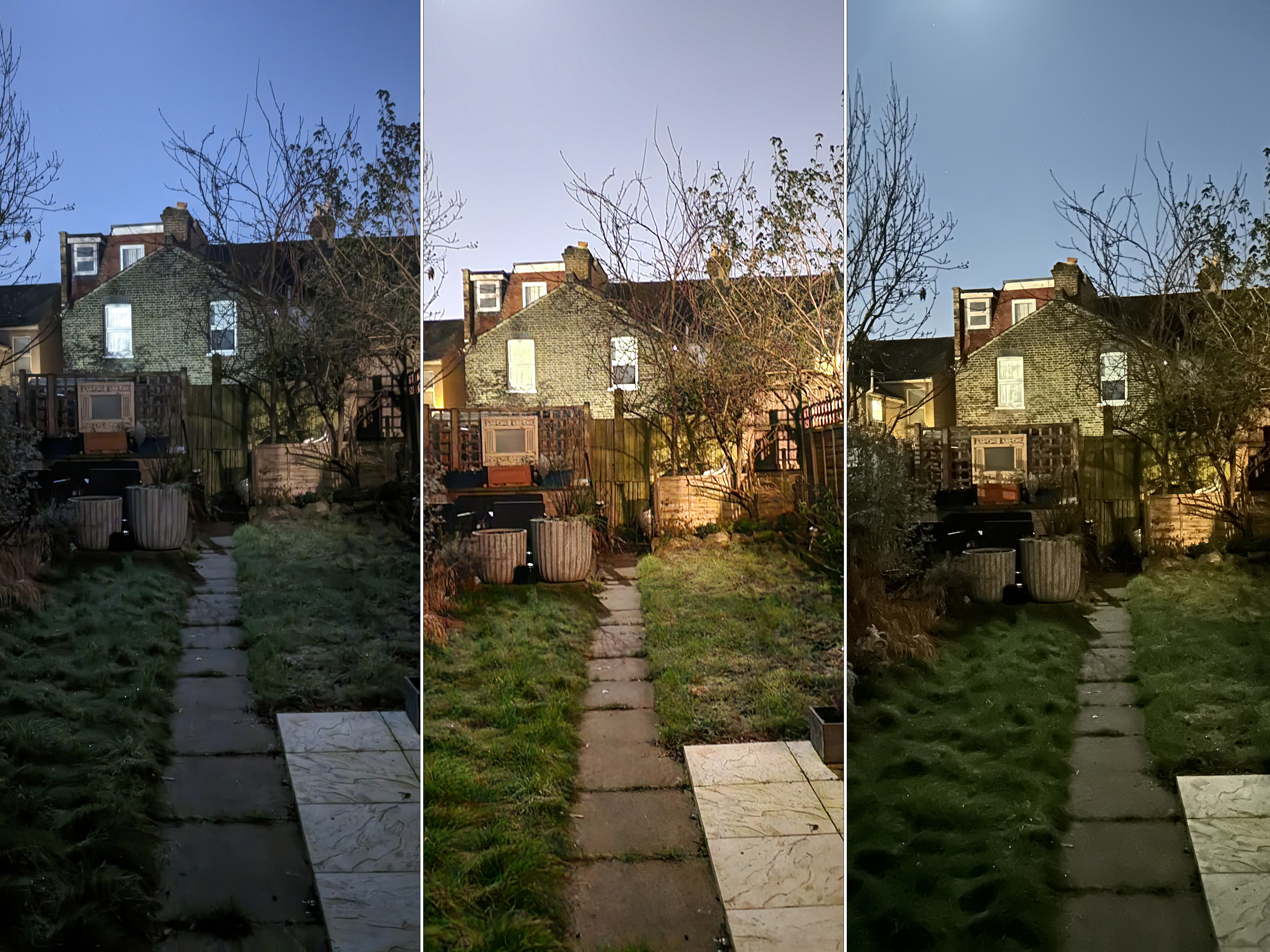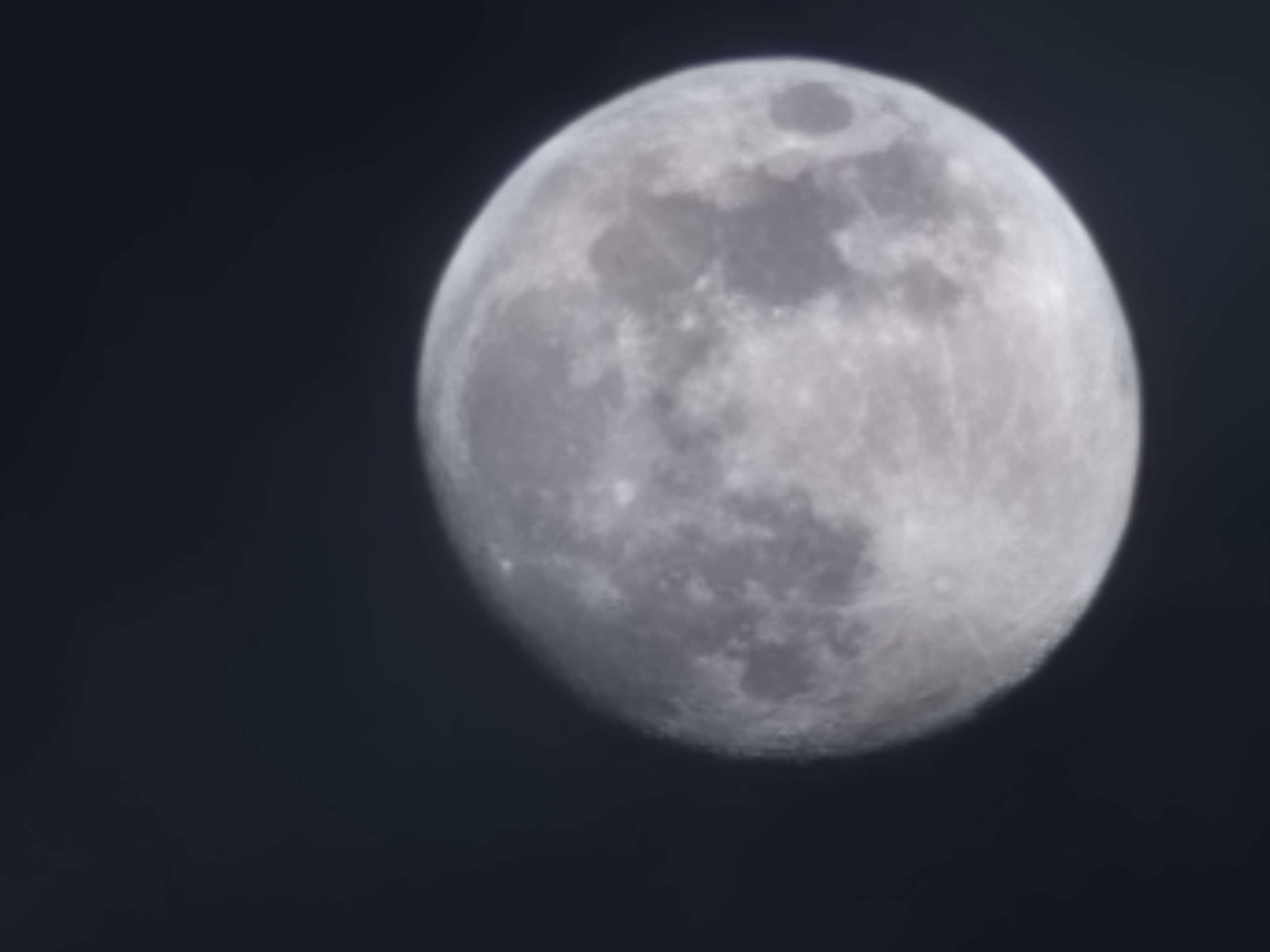The Galaxy S24 Ultra might lose its best camera feature but that's OK. Here's why
A shorter zoom but more megapixels?

On September 19, popular leaker Ice Universe dropped a potential bombshell by stating that the rumored Samsung Galaxy S24 Ultra may ditch the line's famed 10x periscope camera. Now, in a follow-up post, they offer more insight into what the next Ultra's camera system might instead include to fill the void.
One of the current Galaxy S Ultra line's greatest strengths is the versatility of its camera setup, it's why they consistently sit at the top of our rundown of the best cameraphones. Multiple years of refinement and a combination of sensors, including two telephoto cameras (a 3x and a 10x periscopic zoom), have meant Samsung's uber-flagship has been able to take quality snaps further than practically all of its mainstream rivals. It's the reason why – despite the unquestionable improvement to the new iPhone's cameras, as noted in our iPhone 15 Pro Max review – the 5x zoom on Apple's latest top-dog doesn't quite match what its biggest rival already offers.
However, when Ice Universe suggested that the Galaxy S24 Ultra may ditch its predecessor's 10x periscopic telephoto camera, we were left scratching our heads as to why now – with renewed competition from Apple in this department – of all times, the company would choose to nix what is one of the series' most standout photographic features.
Telephoto solution of Samsung Galaxy S24 Ultra:3x 10MP + 5x 50MP 1/2.52" 0.7μmThe hardware specifications are weaker than Xiaomi 13 Ultra, which is 50MP 1/2.52" 0.7μm for both 3x and 5x.I know it's hard for you to accept,me too, but it's the truth.😑You can place an iPhone15…September 19, 2023
Thankfully, a new follow-up post provides some hope for those already lamenting the potential loss of the next Ultra's 10x zoom, with the above post on X (formerly Twitter) stating that the phone will still pack two telephoto lenses: a 10MP 3x zoom camera (as before) and a new 50MP 5x zoom camera.
Why this change might come about isn't exactly clear, although the physics of bringing a larger, higher-resolution sensor into the mix might have something to do with it.
There's also the aesthetics and ergonomics of this change to consider. As highlighted by the elaborate tetraprism that the new iPhone 15 Pro Max uses to fold the light for its 5x telephoto camera, the S24 Ultra might be adopting a lower-profile design than the Galaxy Note-inspired look of the last two generations, and to do that it has to drop the comparatively bulky 10x camera module we've grown used to.
Cropping back up to 10x
Even if the Galaxy S24 Ultra does make its debut with this rumored drop down to a 5x telephoto snapper, 10x optical zoom may still be within its reach through a trick that both the iPhone 15 Pro Max and the Xiaomi 13 Ultra – which Ice Universe mentions explicitly in this latest post – use: sensor cropping.
Sign up for breaking news, reviews, opinion, top tech deals, and more.
While the S24 Ultra might drop from 10x to 5x for its longest lens, this same rumor suggests that the sensor behind it will pack in five times the megapixels, giving Samsung far more room to crop in on the sensor itself and still capture a 10x telephoto image without needing a dedicated lens for it. Assuming the phone performed a 2x crop on that 50MP 5x sensor, you'd still be getting a 25MP 10x image, surpassing the S23 Ultra's 10MP resolution by quite a margin.
Take a look at how this year's Ultra's 10x zoom compares to its biggest rivals:

Galaxy S23 Ultra (top) | Google Pixel 7 Pro (bottom)
S23 Ultra's zoom range (0.6x to 100x) compared to the Pixel 7 Pro's (0.5x to 30x).

The versatility of the S23 Ultra's camera is bolstered by its outstanding stabilization and impressive post-processing, retaining exceptional detail and color consistency across its entire zoom range in well-lit scenarios.

The S23 Ultra seems to default to matrix metering when using the standard photo mode, which usually yields great results but in higher contrast scenarios can lead to under or over-exposure of your subject (as seen in the 10x and 100x samples above).

Pixel 7 Pro (left) | Galaxy S23 Ultra (center) | iPhone 14 Pro Max (right)
In very dark environments, the S23 Ultra handles night mode shooting very differently to its lead rivals, bringing exposure up, revealing more in the darker areas of a scene, but sometimes at the expense of color accuracy and fine detail.

Samsung's efforts in 'nightography' aren't just hyperbole, it's a phenomenal phone for low-light shooting, even if results are a little stylized. What's more impressive is that it can deliver across the whole zoom range, especially up to its optical zoom ceiling of 10x.

While the previous samples were shot with the standard Photo mode, the above were taken using Night mode and highlight that the feature is best used in more extreme conditions with less light to work with, as the telephoto sensors in particular suffer from a green tinge and more noise here.

Sure, it may be little more than a party trick, but being able to capture a shot of the moon – from the Sea of Tranquility (top center) to the Tycho Crater (bottom right) – like this on a smartphone, always feels like magic.

Pixel 7 Pro (left) | Galaxy S23 Ultra (center) | iPhone 14 Pro Max (right)
Notice the color difference in the sky between the S23 Ultra and its biggest rivals at their respective maximum optical zoom ranges (5x, 10x and 3x).

The (presumed) matrix metering mentioned earlier not only affects exposure, but color reproduction across the phone's various rear sensors. Notice how washed out the 10x zoom sample (right) looks, compared to the same section of the building at shorter focal lengths.

Pixel 7 Pro (left) | Galaxy S23 Ultra (center) | iPhone 14 Pro Max (right)
All three phones offer impressive detail capture at their maximum optical zoom ranges, however, in this example the Pixel's handling of dynamic range offers up greater detail in the darkest areas of frame.
As for the image quality of such a shot, that all depends on the sensor Samsung opts for (as more megapixels does not guarantee better quality images). For that, we'll just have to wait and see if Ice Universe was right, and to lay hands on the S24 Ultra's new camera hardware ourselves.
You might also like
- Samsung Galaxy S24: latest news, rumors and everything we know so far
- Samsung Galaxy S23 Ultra review: indomitable showman
- Best Samsung phones: top Galaxy handsets ranked

Alex joined as TechRadar's Senior Phones Editor in June 2022, but brings over a decade's worth of experience to the role, with an expertise in smartphones, tablets and wearables. He's covered keynotes hosted by the biggest brands and attended the launches for some of the most influential mobile products of the last few years. His experience was amassed at some of the most reputable consumer technology publications out there, including GSMArena, TechAdvisor and Trusted Reviews.